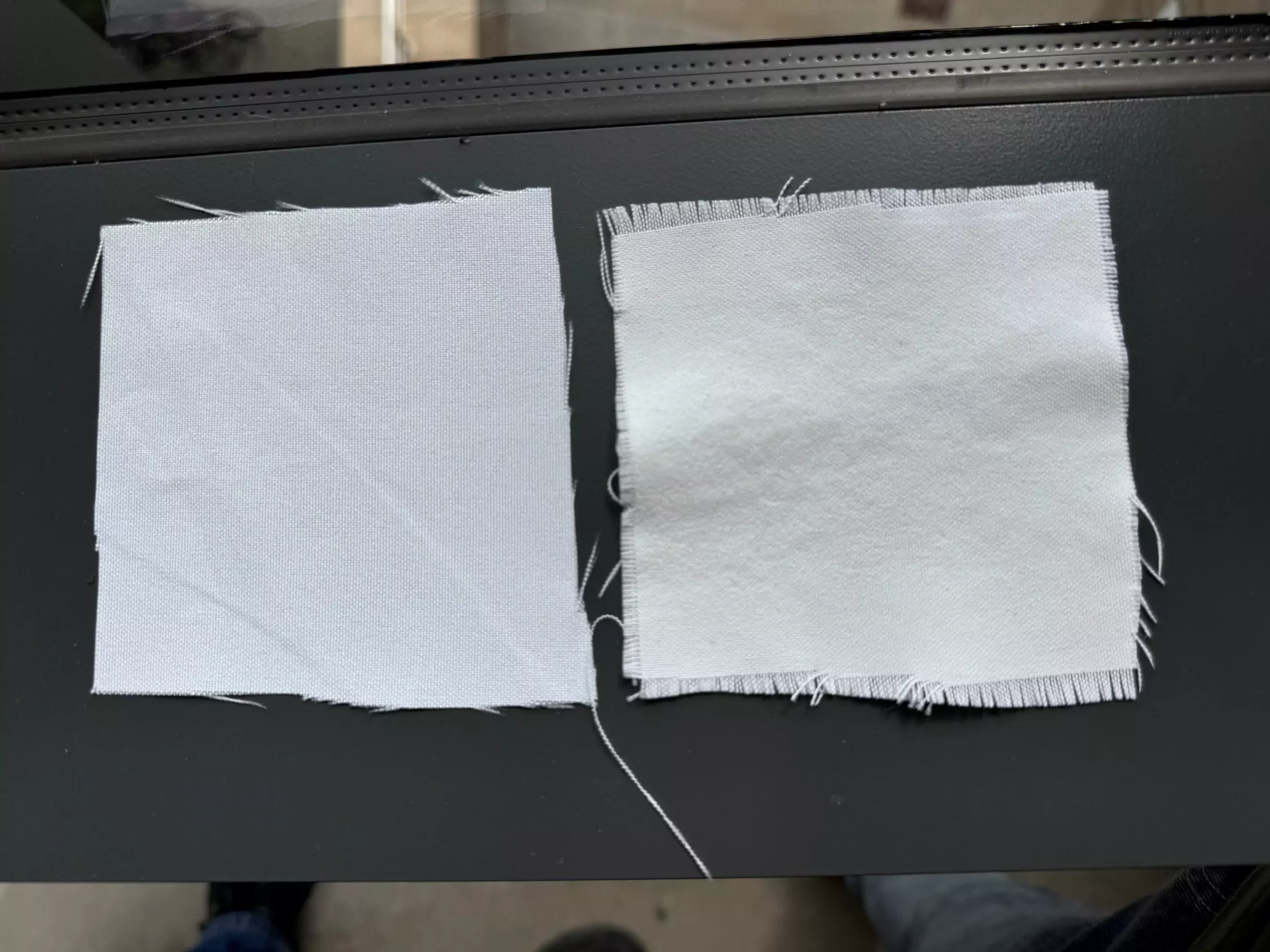As the summer sun blazes down, countless individuals—ranging from athletes and landscapers to children playing outdoors—are seeking refuge from the heat. Traditional methods of cooling, such as lighter clothing and shade, often fall short when it comes to truly alleviating the discomfort caused by extreme temperatures. Recent innovations in fabric technology, particularly those involving a chalk-based coating, promise not only to enhance comfort but also to revolutionize the textile industry as a whole.
The Need for Advanced Cooling Solutions
In recent years, awareness of the dangers associated with heat exposure has increased. It is widely acknowledged that excessive heat can lead to serious health risks, including heat exhaustion and heat stroke. The fact remains, however, that while sportswear and outdoor clothing are designed to wick moisture and remain lightweight, they frequently do not address the issue of body heat retention. When exposed to sunlight, both our bodies and our clothing absorb harmful UV and near-infrared radiation, causing us to feel significantly hotter.
This is where modern science meets an ancient solution. Researchers at the University of Massachusetts Amherst have developed a new method to create cooling fabrics that maximize comfort while minimizing environmental impact.
Chalk-Based Cooling: Behind the Science
The vision behind this new approach was to formulate a coating made from natural and biodegradable materials that could effectively reflect sunlight and radiate heat away from the body. Graduate student Evan D. Patamia and his colleagues, under the guidance of materials scientist Trisha L. Andrew, aspired to create a textile coating that could do precisely that.
Their research led them to consider calcium carbonate, the primary component of chalk and limestone. With innovative techniques like chemical vapor deposition (CVD), the team was able to apply a thin polymer layer onto fabric, subsequently integrating chalk particles within the matrix. The process takes advantage of the natural light-reflective properties of calcium carbonate and barium sulfate, materials known for their effectiveness in minimizing heat absorption.
In a series of trials, the researchers treated fabric samples with a chalk-based coating, measuring the temperature difference beneath the fabric under direct sunlight. Remarkably, results showed a cooling effect that dropped temperatures by as much as 8 degrees Fahrenheit, and under particularly sunny conditions, a staggering 15 degrees difference compared to untreated fabrics.
In addition to its cooling properties, the sustainability aspect of this new fabric technology is noteworthy. Current lightweight textiles often rely on complex manufacturing processes and synthetic materials, some of which can be harmful to the environment. For instance, many cooling textiles contain perfluoroalkyl and polyfluoroalkyl substances (PFAS), often referred to as “forever chemicals,” which are linked to numerous health and environmental risks.
Research by Patamia and his team shows that their innovative coating can withstand common wear and tear, including exposure to laundry detergents. In rigorous durability tests, the chalk-based coating maintained its effectiveness, retaining the ability to cool even after multiple washes. This presents a considerable advantage over many current products, which see a degradation in performance over time.
Andrew, anticipating further advancements, has initiated a startup aimed at scaling the CVD process to produce larger rolls of fabric suitable for commercial use. With plans to produce textiles that can be incorporated into various apparel, from athletic wear to everyday clothing, the implications are substantial.
Not only does this innovation offer a practical solution for those living in areas that grapple with extreme temperatures, but it also represents an ongoing shift towards sustainability in the industry. As more companies adopt eco-friendly practices, the demand for such technologies could push the entire textile manufacturing process toward greener alternatives.
The potential of the chalk-based cooling fabric represents more than just a simple solution for a hot summer day. It encapsulates a broader movement aimed at integrating comfort and sustainability, making what was once a tedious challenge into a remarkable opportunity. As our society increasingly recognizes the need for sustainable products, innovations like those presented here underscore the power of research and creativity in creating solutions that benefit both people and the planet.
As the summer sun continues to blaze, technologies inspired by history and grounded in scientific research offer promising avenues for a cooler and more comfortable future.

